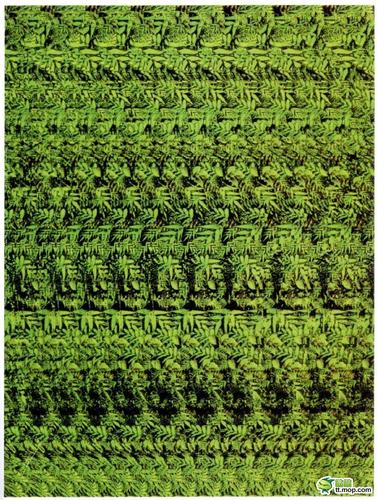Airborne Imaging: A “Transparent Screen” That Lets Objects Float in the Air
If you have seen some science fiction movies, you will certainly be impressed by those holograms floating in the air. An invisible “screen” appears in the air, and anyone can see the images clearly from different angles, and these images are completely unsupported as if they were spontaneously suspended in the air. This is not a movie special effects, but we are about to enter the real world of technology - media-free air suspension imaging.

Don't be intimidated by the words “levitation”, but the principles of this technology are not that mysterious. To understand it, let's start with a simple example: you know that air is like a huge transparent container, there is nothing directly visible inside, but it can affect the world in front of us. Think about it: when you blow up a balloon, the gas is moving through the air, and although you can't see it directly, it does move. Similarly, airborne imaging is a technique that “shapes” images in the air through special means, using physical phenomena such as light and sound waves to control the levitation of these images. Now, on a technical level, you can think of this kind of imaging as a kind of “ultrasonic magic”. But instead of the kind of magic that allows you to draw lines in the air, the force of the ultrasound waves is utilised so that they can accurately create pressure points in the air, through which objects or points of light can be made to float. Imagine you're holding a clear glass plate with a combination of light and sound underneath, and these unseen forces act like invisible strings holding the image in the air, neither letting it fall nor disappear.
What's even more impressive is that this technology doesn't just allow images to float in the air, it also allows these images to be moved, rotated, and even formed into three-dimensional images in the air according to different needs. You can use your fingers to gently stroke it, like the operation of virtual objects, as you wish to change its position or shape. And these operations, completely without touching any physical screen. Isn't it as exciting as watching a science fiction movie? However, the application of airborne levitation imaging technology can be more than just cool special effects demonstrations. It can be widely used in medicine, education, entertainment and other fields. For example, in the medical field, doctors can use this technology to view the internal structure of the patient, precisely understand the problem, and even use the suspended image to show the surgical process. In the field of education, students can no longer be confined to rigid textbooks and screens and can understand complex knowledge points more intuitively through suspended 3D images. You can also imagine, in the future of the cinema, the movie characters may jump out off the screen, suspended in the air to interact with you and even with your “dialogue”.

Of course, there are still quite a few technical hurdles to overcome before these aerial images can be popularised in our daily lives. From the precise control of sound waves to the stable presentation of images to how to make these images more realistic and clearer, our technology developers are constantly working hard. Moreover, airborne levitation imaging technology is not only so simple as floating images; its application potential is far more than that. We can even imagine that the future of the “virtual store” may be a set of suspended product displays so that you do not need to go into the store, you can “try on” a piece of clothing at home to see how it looks on their bodies.
In summary, media-free airborne imaging technology is the “invisible” image into reality in a way that allows technology and real-life seamless connection. Not only does it allow images to float in the air, it allows us to see the world in a whole new way. In this age of constant technological advancement, who knows what the next technological miracle will be? Perhaps, in the future, we can have a levitating holographic theatre right at home or an intelligent assistant suspended in the air, ready to serve us.

(Writer:Juliy)


